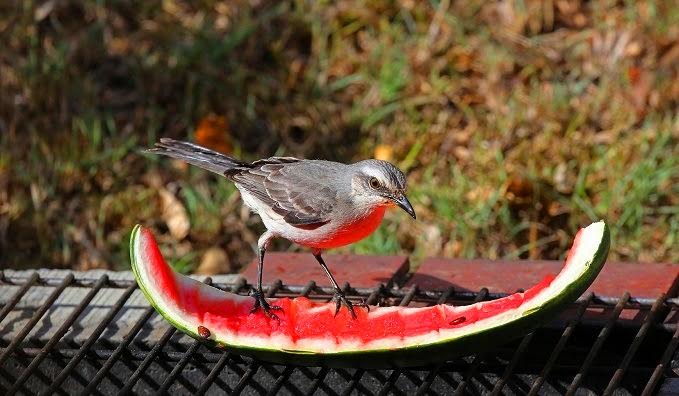Etnia Nativa through Island Insight facilitates cultural awareness, education and safeguards Aruba’s heritage by elevating each reader into an island keeper state of mind. Be encouraged to discover in every episode the true native effect, live it, discover more reasons to love Aruba behind our beaches and liven up your stay in an incredibly wonderful way.
Our island is a tiny tourist destination with a fragile ecosystem, covering thousands of years of history. Here is where Etnia Nativa’s main objective comes to mind through educating the readers over Aruba’s heritage. We believe in when you love and value what you have, ones greatest desire becomes to protect it.
During this episode we will share our growing concern regarding the Tropical Mockingbird`s population. Even though it is the most abundant bird specie recorded on the island. The most direct tred it faces comes from other migrant birds which has dicided to stay. These bird rely on others to raise their young. This strategy appears among brood parasite animals, in this case we call the Shiny Cowbird Molotrhorus bonariensis, the Giant Cowbird Scaphidura oryzivora and less than frequent the Cuckoo.
They manipulates their host, our Mockingbird, to raise their young as if it were its own, usually using egg mimicry, with eggs that resemble the host’s. Most of the time these pirate eggs haches faster and kicks and pushes out all rival “Chuchubi” hatchlings. Almost every morning in our garden we can witnes how offspring of other birds begs and demands their surrogate mother, the Chuchubi, to feed. At times we see how the Chuchubi tries to fly away from the begging intruder.
In our language papiamento, we call this smart tropical mockingbird (Mimus gilvus) “Chuchubi”, a resident breeding bird that you can find from Southern Mexico to Northern and Eastern South America, the Lesser Antilles and other Caribbean islands.
Adult tropical mockingbirds are 23 to 25.5 cm long. Adults are gray on the head and upperparts and have a whitish supercilium and a dark stripe through the eye. The underparts are off-white and the wings are blackish with two white wing bars and white edges to the flight feathers. They have a long dark tail with white feather tips, a slim black bill with a slight downward curve, and long dark legs. Juveniles are browner ahd their chest and flanks have dusky streaks. Maybe you can spot one this curious specimen.
Chuchubi forages on the ground or low in vegetation; it also captures flying insects such as swarming termites on the wing. It is omnivorous; its diet includes a variety of arthropods (such as spiders, grasshoppers, and beetles),seeds,small fruits and berries, larger cultivated fruits (such as mangoes), cicadas, lizards, bird and lizard eggs, the contents of bird feeders, and human food.
The tropical mockingbird generally nests from late in the wet season through the transition period into the early wet season. During that long period it often will produce three broods. It is monogamous but cooperative breeding has been recorded with the young of the previous brood acting as helpers. It aggressively defends its territory against birds of its own and other species, and predatory animals as well. Both sexes build the nest using coarse twigs lined with softer material and place it low in a shrub or tree. The clutch size ranges from two to four but is usually three. The female does most of the incubation during the 13 to 15 day period. Chicks are fed by both parents (and helpers) in the nest for up to 19 days and beyond that after fledging.
Chuchubi’s song is “a varied and long-continued sequence of diverse mellow to harsh notes, trills, with considerable repetition of phrases”. It will often sing through the night. It apparently rarely mimics other species. Its calls include “a resonant ‘pree-ew'” and “a harsh ‘chick’ or ‘chek'”. For the native aruban believes, the Chuchubi is a messanger.
If you love Aruba interested in its origins and its cultural heritage, we invite you to be part of an exclusive visit at Etnia Nativa, an off the tourist grid, private residential houses sharing collections of native art, archaeological artifacts and historic furniture, while the facility itself is the result of the transforming and recycling of materials. Meet Anthony Croes, our columnist at his museum/ home. The only and authentic native Aruban cultural encounter! Live the experience. Whatsapp + 297 592 2702- or mail: etnianativa03@gmail.com

















